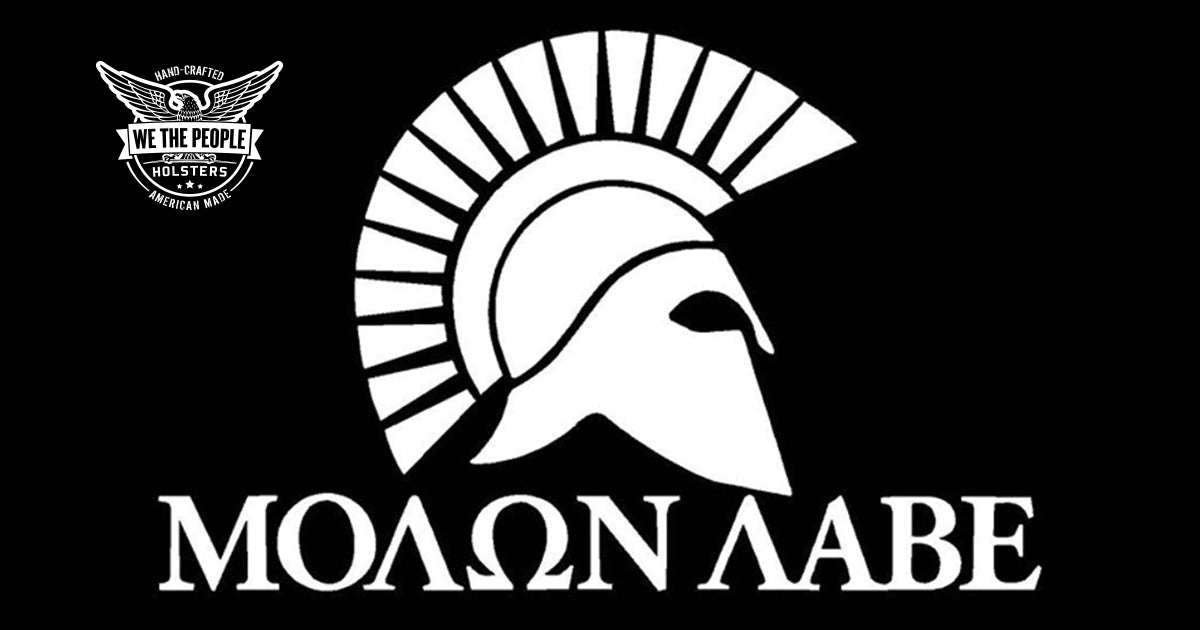When Is Human “Hunting Season”?
- Rah Boz
- Jun 5
- 3 min read
A Biological, Cultural, and Evolutionary Look at Human Mating Timelines in the Northern Hemisphere

Introduction: The Metaphor of "Hunting Season"
Throughout history, humans have drawn metaphors from nature to explain our social behaviors—and none are more primal than courtship and mating. In the animal kingdom, mating seasons are biologically timed to ensure survival. But what about humans? Despite our social complexity, we remain deeply tied to rhythms: cultural, seasonal, biological, and evolutionary. In the Northern Hemisphere, there are distinct periods when courtship becomes more active, intense, and successful—our own kind of “hunting season.”
Evolutionary Roots of Mating Timing
From an evolutionary standpoint, mating behavior is timed for reproductive success. In ancient times, offspring conceived during late fall or early winter would be born during more favorable spring or summer months, increasing survival odds. This biological advantage may have programmed a subtle preference for increased sexual activity in colder months when conception would result in spring births—a pattern still subtly observable in birth records.
Biological Rhythms and Hormonal Shifts
Light levels, temperature, and circadian rhythms play an important role in our libido and energy. Studies show that testosterone and estrogen levels tend to spike during early fall in both men and women, fueling desire. The cooler weather and shortening days may subconsciously signal the body to begin the "reproductive push" before winter sets in, echoing ancient patterns of survival and pairing.
Seasonal Affective Triggers
Autumn and early winter also bring behavioral shifts. As the days grow shorter, people spend more time indoors, seeking warmth and comfort—often through companionship. Cuffing season, the colloquial term for the tendency to seek committed relationships during fall and winter, aligns with these conditions. This seasonal bonding phase often starts in September and peaks through the holidays.
The Social Influence of Holidays
The months between October and February host a dense cluster of emotionally charged holidays: Halloween, Thanksgiving, Christmas, New Year’s, and Valentine’s Day. These cultural rituals revolve around warmth, celebration, and intimacy—pressuring singles to partner up, even temporarily. Festive gatherings also increase opportunities to meet others, making this a rich period for social engagement and romantic formation.
Spring: A Biological and Social Reawakening
As winter ends, rising temperatures and sunlight levels spark a physical and emotional thaw. The body produces more serotonin and dopamine, enhancing mood and social motivation. Spring has long been romanticized in art and poetry as the season of love and fertility. It's not just myth—libido and energy rebound strongly, making it a second mating wave, driven more by optimism and physical vitality than the nesting instincts of fall.
Summer: High Exposure, Low Commitment
Summer brings maximum social visibility—skin is exposed, vacations increase, and people are generally more active and extroverted. Yet paradoxically, summer is often marked by fleeting romances and short-lived flings rather than long-term bonding. The emphasis is on freedom, adventure, and exploration. Mating behavior may spike, but commitment often lags behind.
Cultural Calendars and Academic Rhythms
In many countries, especially across North America and Europe, the school year and university calendar exert an enormous influence on youth socialization and mating behavior. September is a major social reset, with millions returning to campuses or starting new jobs—offering fresh opportunities to connect. This "fresh start effect" fuels a flurry of new relationships and romantic curiosity.
Digital Dating and the January Spike
Interestingly, dating apps report their highest user activity and engagement in January. Fueled by New Year’s resolutions, post-holiday loneliness, and the desire for change, millions of people turn to digital matchmaking as a means of "starting fresh." This trend reveals a psychological hunting season distinct from the biological one—where motivation stems from introspection rather than instinct.
Conclusion: Multiple Waves of Human “Mating Season”
In the Northern Hemisphere, human mating season isn't confined to a single timeframe—rather, it flows in cycles. Fall and early winter represent a nesting phase of pairing off and seeking comfort. Spring offers a second wave of emotional and physical rebirth, and summer fuels exploration and risk-taking. Driven by everything from hormone fluctuations and weather to social holidays and digital platforms, our mating seasons are as layered and dynamic as we are.
In short, “hunting season” for humans is real—though it doesn’t involve camouflage or bows, just pheromones, timing, and a healthy mix of instinct and culture.






Comments